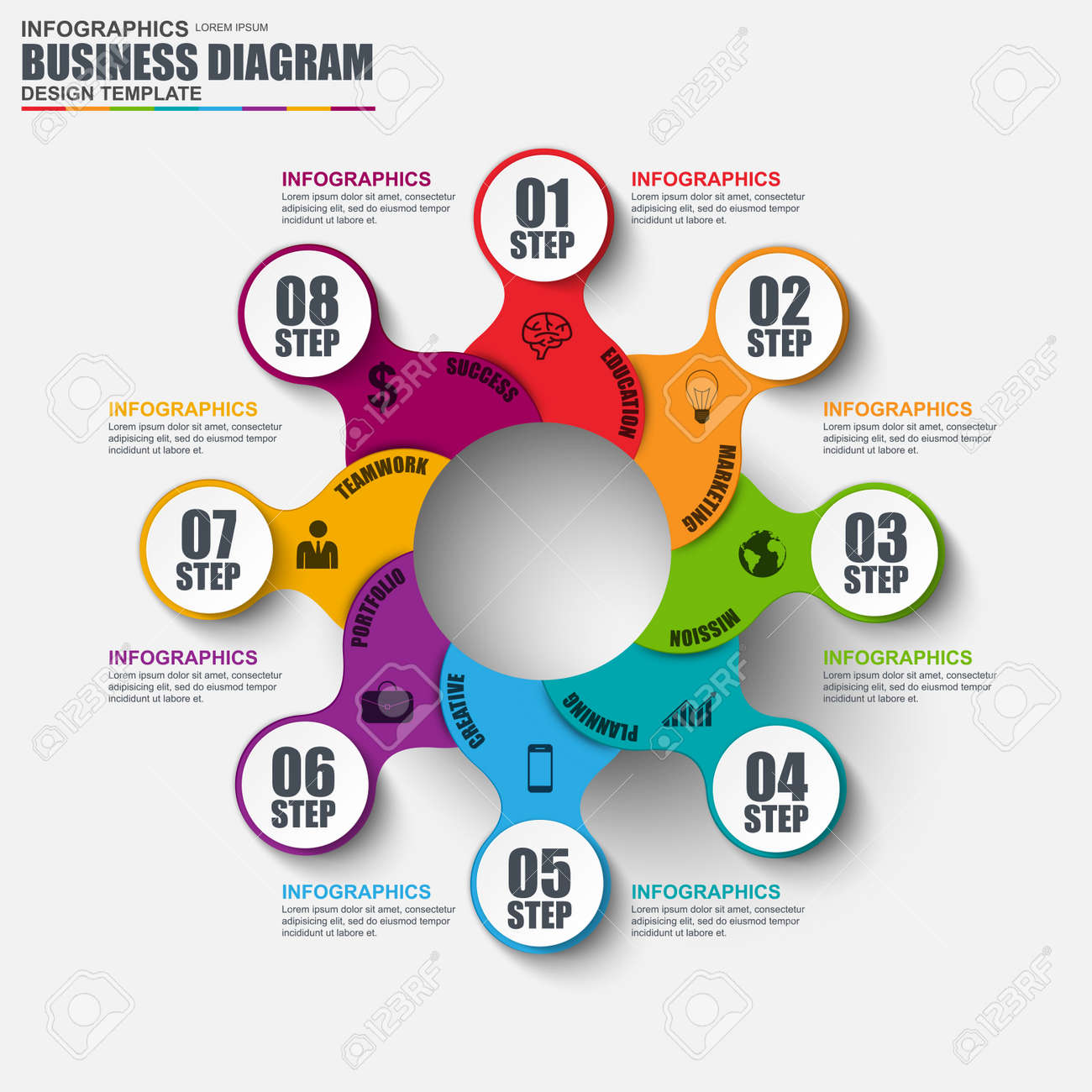Fundamental Elements Of Web Design: Guidelines For Establishing A User-Centric Website
Fundamental Elements Of Web Design: Guidelines For Establishing A User-Centric Website
Blog Article
Write-Up By-Le Thrane
When it pertains to site style, ensuring user-friendliness is vital. From responsive style to streamlined navigating, every aspect plays a critical duty in creating a website that satisfies your audience's requirements. Yet what concerning the finer information that can make or damage a customer's browsing experience? Remain tuned as we discover some often-overlooked pointers that can elevate your internet site's usability to the next degree, making it truly attract attention in the digital landscape.
Value of Responsive Layout
Responsive design is a crucial element of modern internet site advancement. Ensuring your site is responsive methods that it can adapt to different screen dimensions and tools, supplying a smooth experience for users.
With the raising use of mobile phones and tablets to access the web, having a responsive design is crucial for reaching a broader target market. It aids in improving user experience by making your site very easy to browse and read on any device.
In addition, responsive layout can favorably influence your internet search engine positions, as internet search engine like Google prioritize mobile-friendly sites. By having a responsive layout, you're likewise future-proofing your internet site, as new devices with varying screen dimensions remain to emerge.
Simplify Navigating Structure
To boost individual experience and help with very easy access to information on your internet site, enhancing the navigation framework is extremely important. When making your site, focus on developing a clear and intuitive navigation food selection that helps site visitors discover what they're trying to find promptly.
Limit the number of menu items to the fundamentals, organizing related web pages together to stay clear of overwhelming customers. Usage detailed tags that plainly indicate the web content of each web page, making it less complicated for customers to understand where each web link will take them.
Take into consideration carrying out dropdown menus for subcategories to avoid jumbling the major navigating bar. Furthermore, include a search bar prominently on the page for users who favor looking for particular details.
Prioritize mobile responsiveness in your navigation layout to ensure simple accessibility on all gadgets.
Maximize Web Page Load Speed
Improving web page lots speed is important for retaining visitors on your internet site. Slow-loading web pages frustrate users and can bring about high bounce prices. To enhance web page lots speed, begin by maximizing pictures. Press pictures without endangering top quality to lower their file sizes.
In addition, allow internet browser caching to store often accessed sources in your area, quickening tons times for returning site visitors. Minify CSS, JavaScript, and HTML data by removing unneeded personalities, remarks, and format, boosting load rate.
Think about making use of a material delivery network (CDN) to disperse your site's web content throughout numerous servers worldwide, lowering latency for users accessing your website from various areas. https://www.fool.com/the-ascent/small-business/e-commerce/articles/cpa-marketing/ but not least, limit using third-party manuscripts and plugins, as they can substantially influence tons times.
Conclusion
To conclude, by incorporating responsive layout, streamlining navigating, and optimizing page load speed, you can develop an user-friendly web site that appeals to a broader audience and enhances individual experience. browse around here that visitors can quickly accessibility and browse your site across different devices, bring about raised engagement and complete satisfaction. By focusing on these essential facets, you can build an effective web site that keeps customers coming back for even more.
